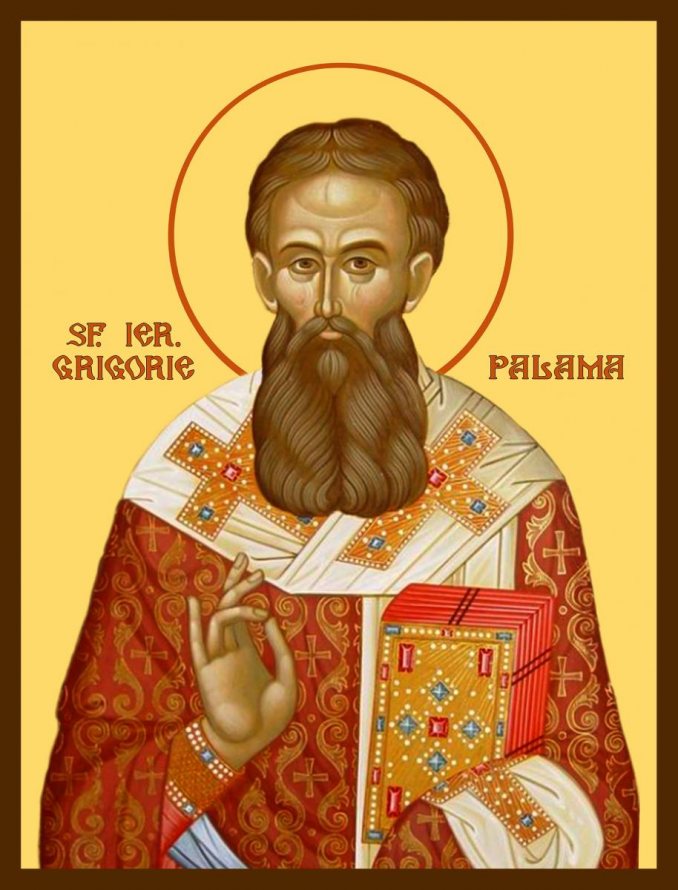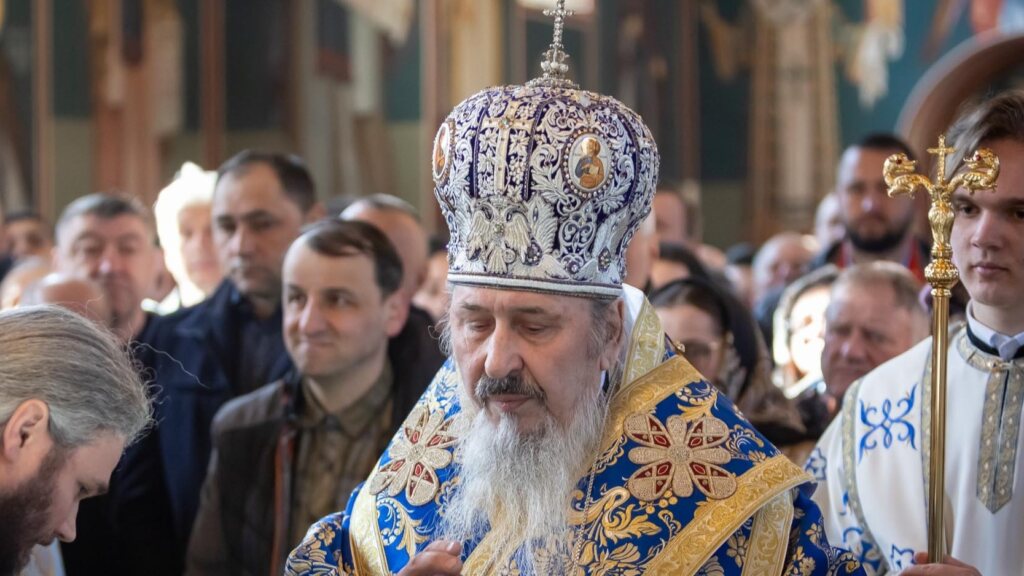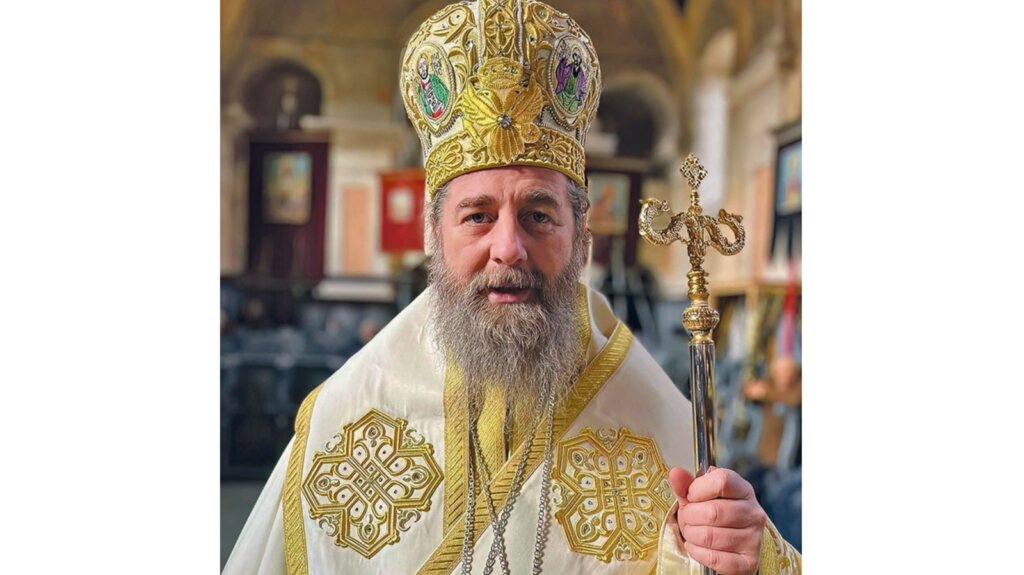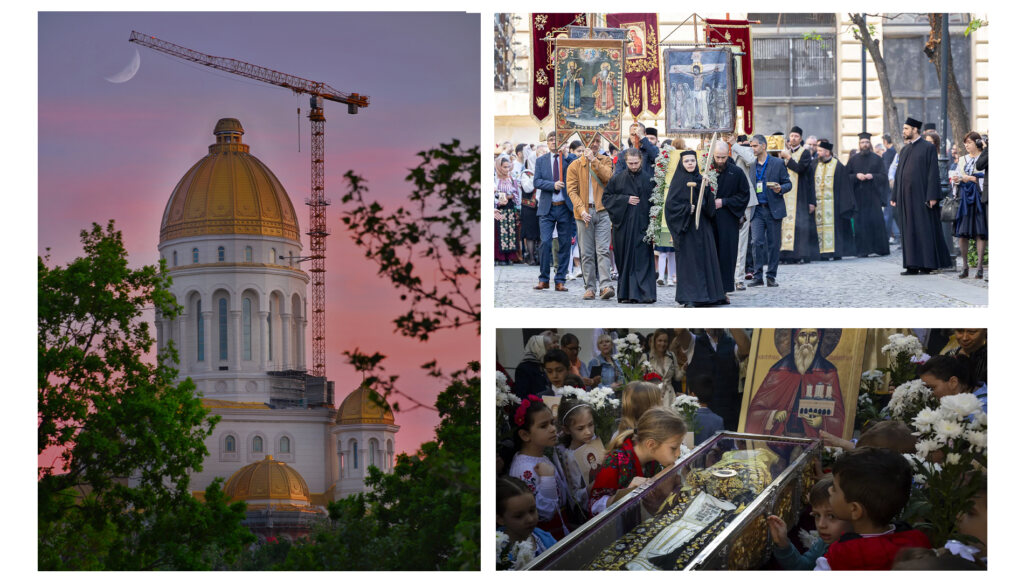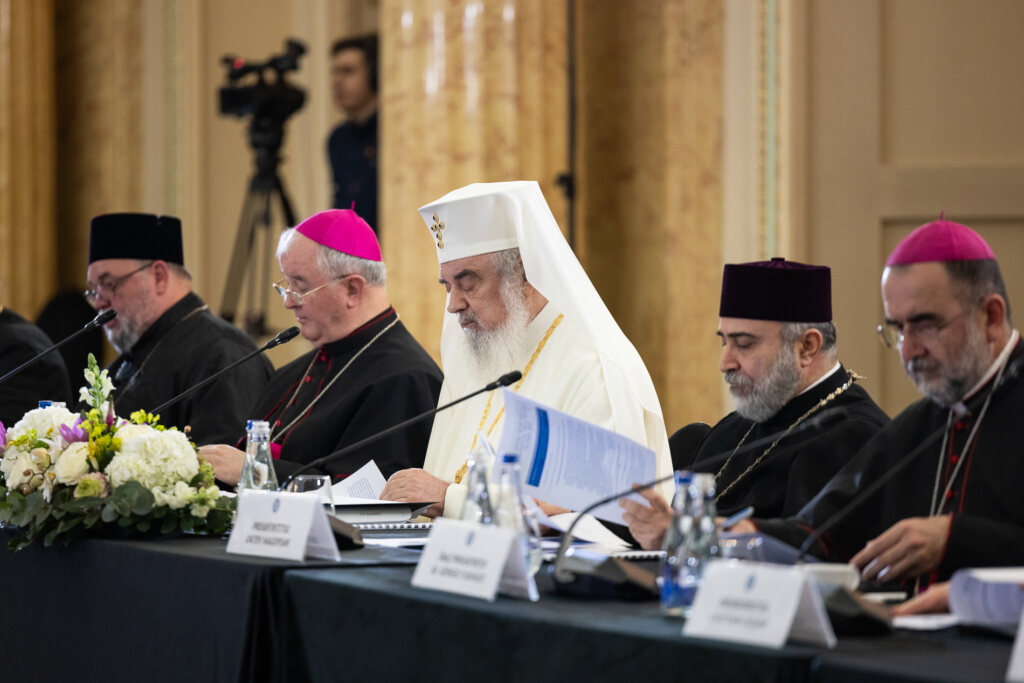Orthodox Calenda, March 31
St. Hypatius the Wonderworker and Bishop of Gangra
Hieromartyr Hypatius, Bishop of Gangra, was bishop of the city of Gangra in Paphlagonia (Asia Minor). In the year 325 he participated in the First Ecumenical Council at Nicea, at which the heresy of Arius was anathematized.
When Saint Hypatius was returning in 326 from Constantinople to Gangra, followers of the schismatics Novatus and Felicissimus fell upon him in a desolate place. The heretics ran him through with swords and spears, and threw him into a swamp. Like the Protomartyr Stephen, Saint Hypatius prayed for his murderers.
An Arian woman struck the saint on the head with a stone, killing him. The murderers hid his body in a cave, where a Christian who kept straw there found his body. Recognizing the bishop’s body, he hastened to the city to report this, and the inhabitants of Gangra piously buried their beloved archpastor.
After his death, the relics of Saint Hypatius were famous for numerous miracles, particularly for casting out demons and for healing the sick.
From of old the hieromartyr Hypatius was particularly venerated in the Russian land. Thus in the year 1330 the Ipatiev monastery was built at Kostroma, on the place where the Mother of God appeared with the Pre-eternal Christ Child, the Apostle Philip, and the hieromartyr Hypatius, Bishop of Gangra. This monastery later occupied a significant place in the spiritual and social life of the nation, particularly during the Time of Troubles.
The ancient copies of the Life of the hieromartyr Hypatius were widely distributed in Russian literature, and one of these was incorporated into THE READING MENAION of Metropolitan Macarius (1542-1564). In this Life there is an account of the appearance of the Savior to Saint Hypatius on the eve of the martyr’s death.
The entry for the saint’s Feast consists of his Life, some prayers, and words of praise and instruction. The pious veneration of Saint Hypatius was also expressed in Russian liturgical compositions. During the nineteenth century a new service was written for the hieromartyr Hypatius, distinct from the services written by Saint Joseph the Studite, contained in the March MENAION.
Troparion — Tone 4
In truth you were revealed to your flock as a rule of faith, an image of humility and a teacher of abstinence; your humility exalted you; your poverty enriched you. Hierarch Father Hypatius, entreat Christ our God that our souls may be saved.
Martyr Benjamin the Deacon
The Hieromartyrs Audas (Abdas) the Bishop of Persia and the Deacon Benjamin.
St Audas was a bishop in Persia. He destroyed a temple of the fire-worshippers, and was brought to trial before the Persian emperor Izdegerd I (401-402), who ordered the saint to rebuild the temple. When Bishop Audas refused, the emperor ordered soldiers to destroy all the Christian churches, persecute the Christians, and to torture them.
St Audas was the first to be martyred. He was beheaded after lengthy tortures. After thirty days, the other martyrs were also executed. Among them was the deacon Benjamin, who suffered particularly cruel torments. They stuck sharp needles under his nails and impaled him on a spear.
The hieromartyrs died in the old Persian city of Suza.
Scripture Reading – Second Sunday of Lent – Sunday of St Gregory Palamas
Photo courtesy of Basilica

